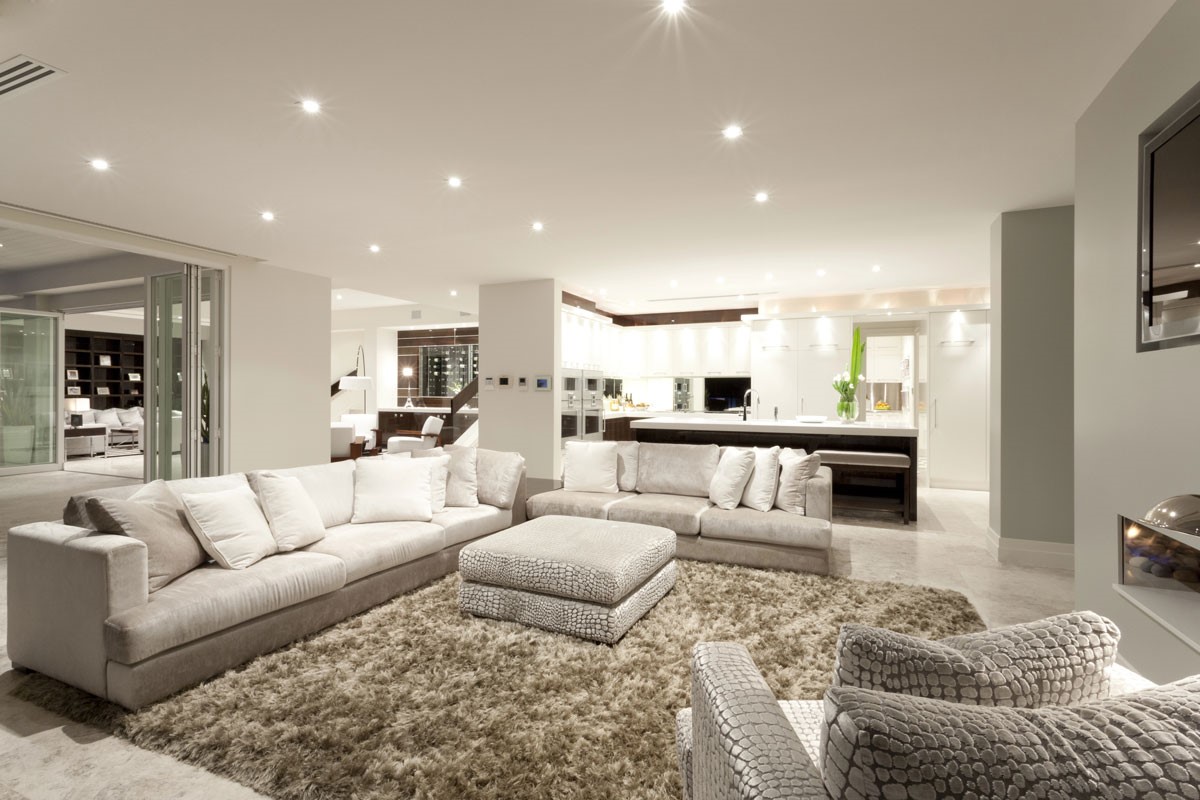
Over the past two decades, open-concept living has gone from niche design trend to near-default in many American homes. What started as a way to foster connection and maximize space has become a staple in countless remodeling projects, home builds, and real estate listings. But as lifestyles, design preferences, and family dynamics continue to shift - especially in the post-pandemic world - homeowners are beginning to ask an important question: is open-concept living still worth it in 2025?
At Pro Home 1, we’ve seen the evolution of open-concept design firsthand. As a remodeling company that specializes in creating functional, beautiful, and value-driven living spaces, we believe this is the perfect time to revisit the open floor plan conversation - what it gets right, what it might be lacking today, and what alternatives are emerging.
A Quick Refresher: What is Open-Concept Living?
In its simplest form, an open-concept layout refers to the removal of walls or partitions that traditionally separate living areas. The kitchen flows into the dining area, which may flow into the living room, creating a large, interconnected space that serves multiple functions.
This approach contrasts sharply with older home designs, especially pre-1980s layouts, where each room had a clearly defined purpose and was walled off from the rest of the house.
The appeal of open-concept living has always been grounded in a few key ideas:
- Better flow of natural light
- A sense of spaciousness, even in modest homes
- Easier communication and connection between household members
- Enhanced hosting and entertaining experience
Why Open-Concept Became So Popular
The rise of open-concept design didn’t happen in a vacuum. It paralleled broader changes in how we live, work, and relate to our homes.
In the early 2000s, the kitchen began to reclaim its central role in family life. No longer just a utilitarian space, it became a social hub - where people gathered during parties, where kids did homework, where conversations unfolded. Removing walls between the kitchen and living room made perfect sense.
TV home renovation shows, particularly those on HGTV, further glamorized the open layout. “Knocking down walls” became a dramatic symbol of transformation - reclaiming space and “freeing” a home from its outdated structure.
In many newer constructions, open layouts were a way to make smaller square footage feel grander, airier, and more flexible. Families with young children appreciated the ability to keep an eye on everyone from a central location. Couples valued the social aspect when entertaining guests. The open concept seemed like a win across the board.
Has the Open Floor Plan Lost Its Shine?
The pandemic was an unexpected stress test for open-concept design. Suddenly, our homes had to become offices, classrooms, gyms, therapy centers, and more - all while serving their usual functions. Without physical barriers, many people found it difficult to concentrate, relax, or enjoy privacy.
The lack of doors, walls, or quiet zones became more apparent than ever. Parents had Zoom meetings in the same space where kids were doing schoolwork. One person’s music became another person’s distraction. Open layouts that once felt social began to feel chaotic.
Even beyond the pandemic, people’s expectations for home spaces have evolved. There’s a growing desire for flexibility - not just openness. That means more intentional separation between activities and the ability to customize the environment for focus, relaxation, or connection.
Some homeowners are now requesting “semi-open” plans - a kind of hybrid between the traditional and the modern. These layouts retain some openness but introduce visual boundaries through features like partial walls, interior windows, columns, pocket doors, or smart furniture placement.
Why Open-Concept Still Works for Many Homes
Despite changing preferences, open-concept living remains extremely functional and visually appealing - especially for certain homeowners and lifestyles.
For families with young kids, the benefits of visibility and connection are still huge. Parents cooking dinner can keep an eye on toddlers playing in the living room. For those who love to host, open layouts make it easier to serve food, mingle with guests, and create a welcoming flow.
The natural light advantage is also hard to ignore. Fewer walls mean fewer visual obstructions, allowing daylight to travel across the home more freely. This contributes to the feeling of space, cleanliness, and openness that many homeowners prize.
And there’s the resale factor. While preferences are diversifying, open layouts are still in demand for many buyers. They remain a common feature in listings and can help older homes compete with newer builds in the real estate market.
Rethinking the Open Concept in 2025
Today, the smartest remodels take a more nuanced approach. Rather than opening everything up by default, designers and contractors are working with homeowners to define priorities and tailor the layout to actual living needs.
Some questions we often ask at Pro Home 1:
- Do you want your kitchen completely visible from the living room?
- Would you benefit from a quiet work-from-home space that’s separate?
- Are you looking to increase natural light - or just improve functionality?
- Do you entertain often, or is daily privacy more important?
These questions can help determine whether a fully open concept, a semi-open layout, or a return to defined rooms makes more sense.
We’re also seeing design features that help blend the best of both worlds. Think sliding doors that can be closed for privacy or left open for flow. Think built-in room dividers that double as shelving. Think multi-functional islands that create boundaries while keeping the space usable.
Design Trends Supporting a Shift
In 2025, several design trends are supporting a more layered approach to layout:
- Zoning Through Design - lighting, ceiling treatments, and flooring transitions
- Flexible Partitions - sliding barn doors, folding glass panels
- Soundproofing Materials - reducing echo and noise
- Dual-Purpose Furniture - pieces that serve multiple roles
All of these strategies let homeowners keep the openness they love while solving some of the issues that have become more noticeable over time.
So, Is It Still Worth It?
The answer depends entirely on your lifestyle, goals, and priorities. Open-concept living is far from outdated - it’s simply entering a new phase. Instead of being seen as the automatic right choice, it’s becoming one option among many, each with its own strengths.
If you love entertaining, have a smaller home, or want to maximize natural light, an open-concept layout may still be your best bet. If you work from home, value sound control, or simply crave a bit of visual separation, a more segmented layout might better serve your needs.
Either way, what’s “worth it” in 2025 isn’t any one trend - it’s personalization.
Final Thoughts from the Remodeling Experts
At Pro Home 1, we encourage homeowners to think beyond buzzwords and start with what they truly need from their space. We’ve helped countless clients reimagine their kitchens, living rooms, basements, and entire homes - sometimes by opening up, sometimes by adding definition, and often by blending the two approaches.
The best layout is the one that fits your life today - and grows with you tomorrow.
If you're considering a remodel and wondering whether open-concept is still the right choice, we’d love to help you explore your options. Reach out to Pro Home 1 for a free consultation and discover how thoughtful design can bring clarity and comfort back to your home.
Subscribe to Pro Home 1's Blog




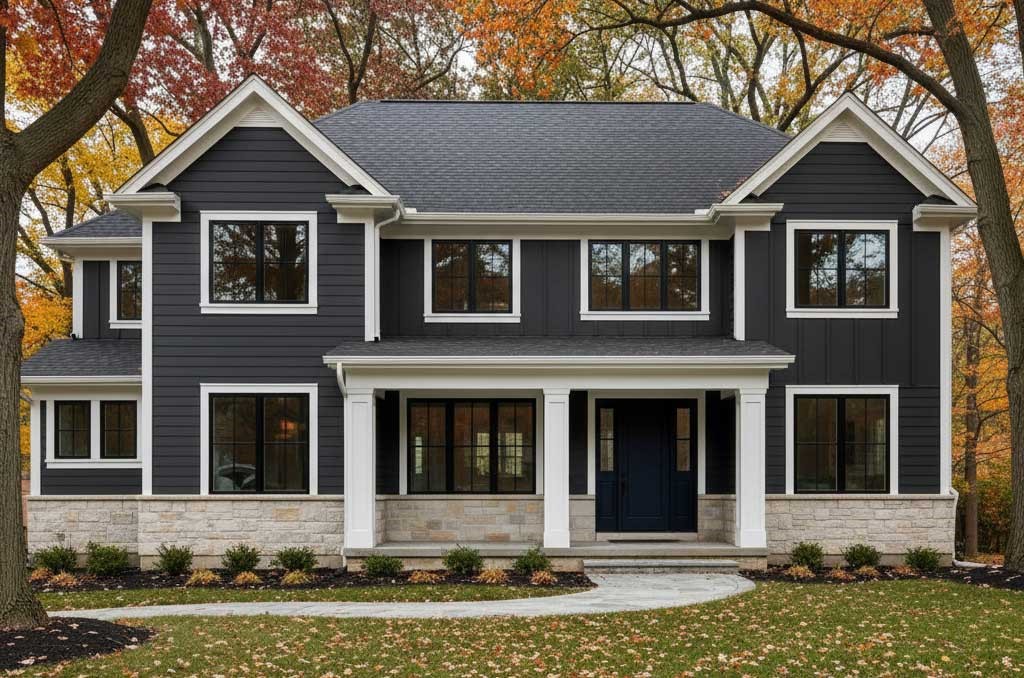
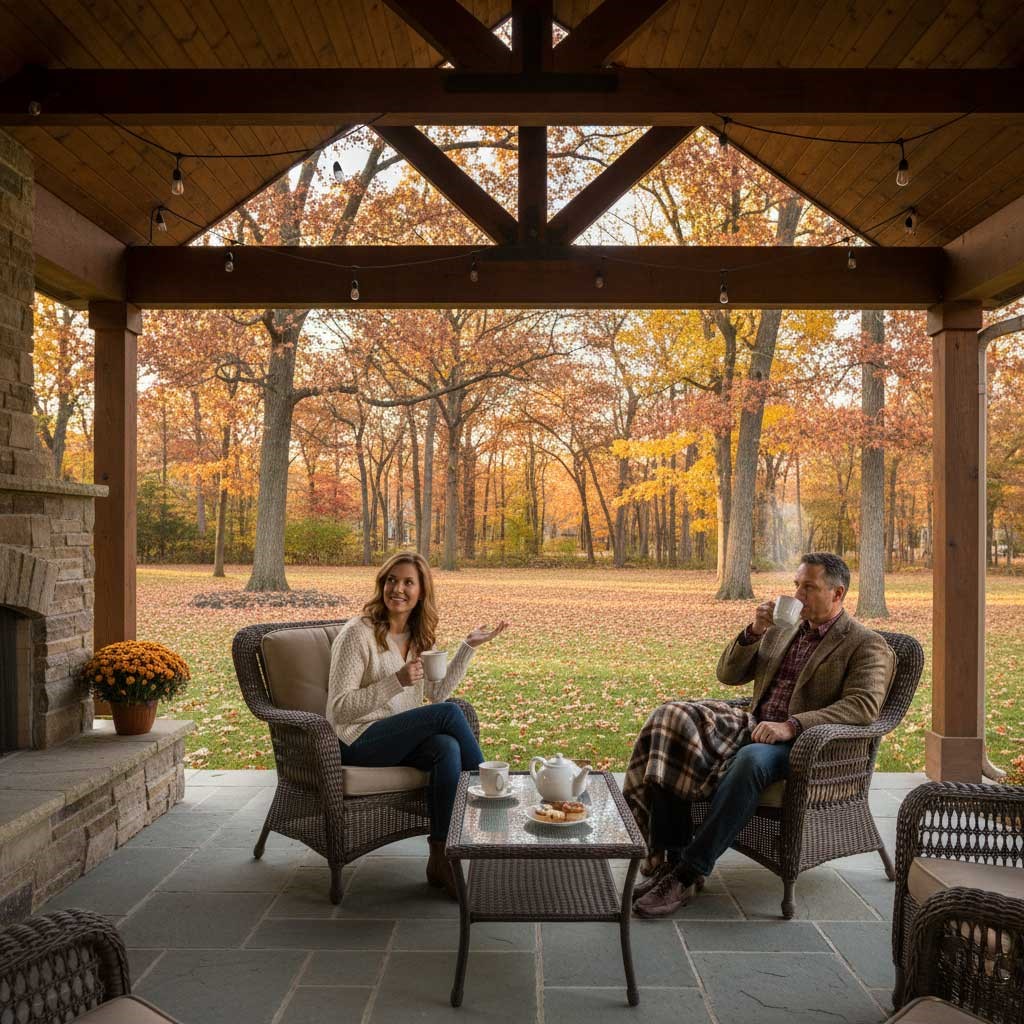

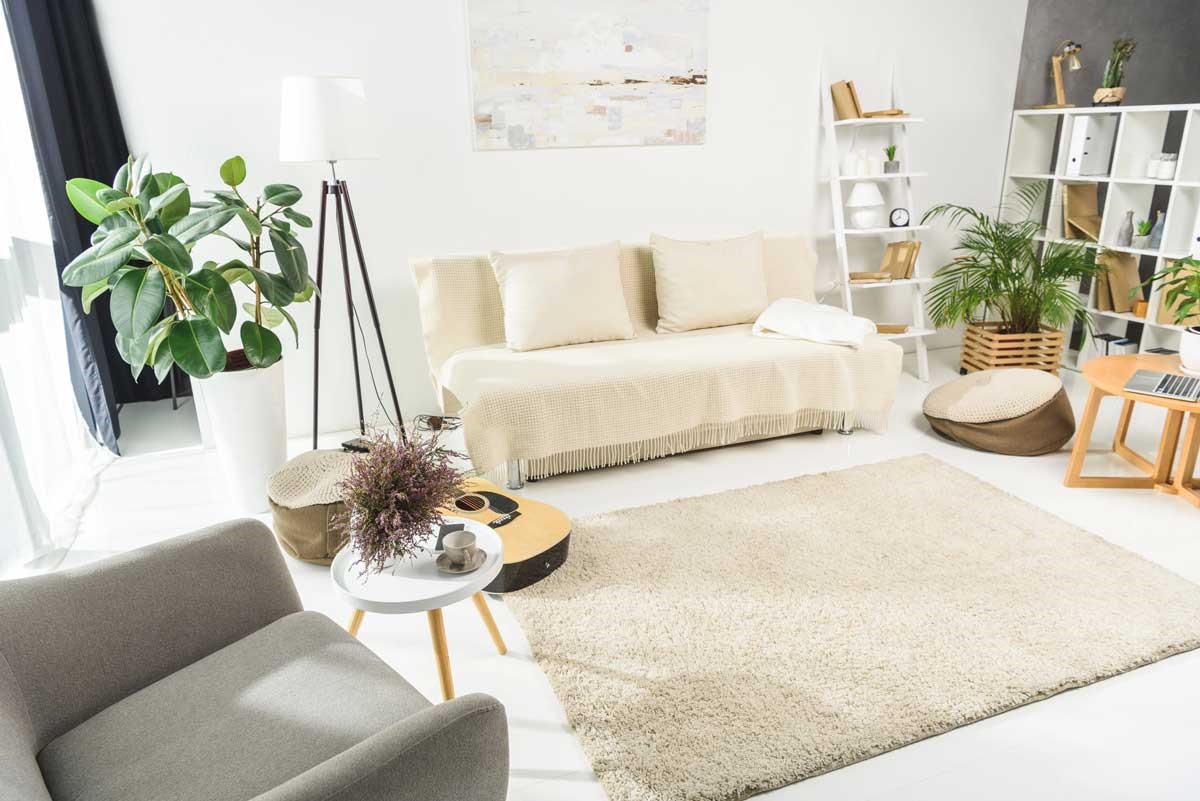
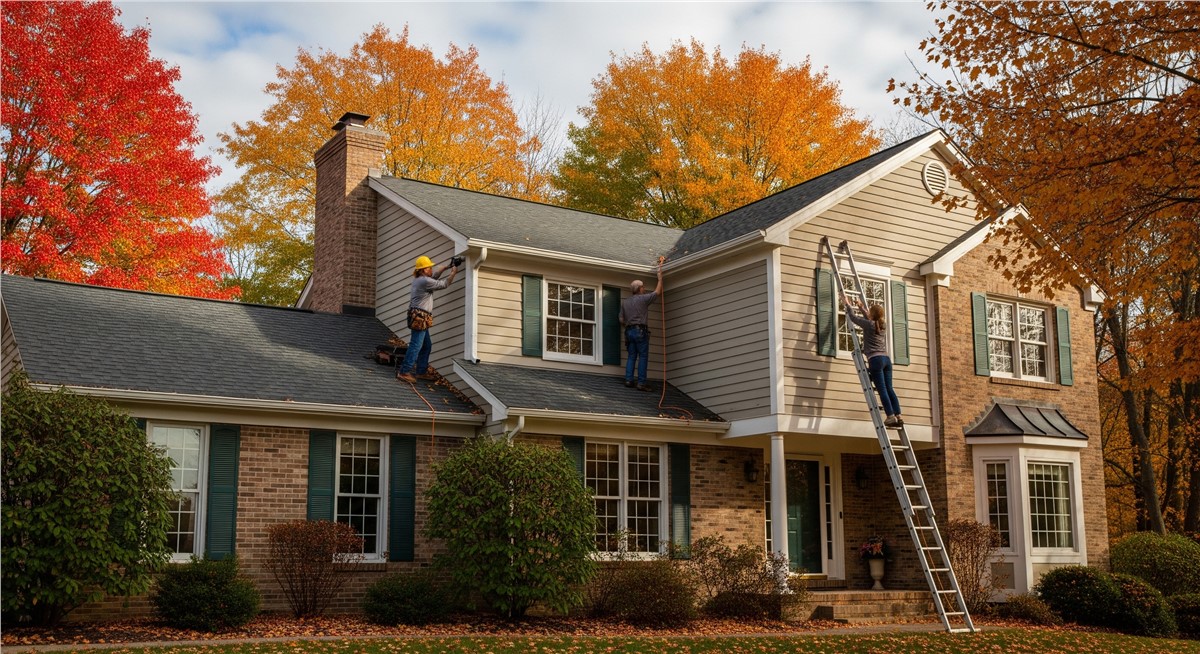

Comments